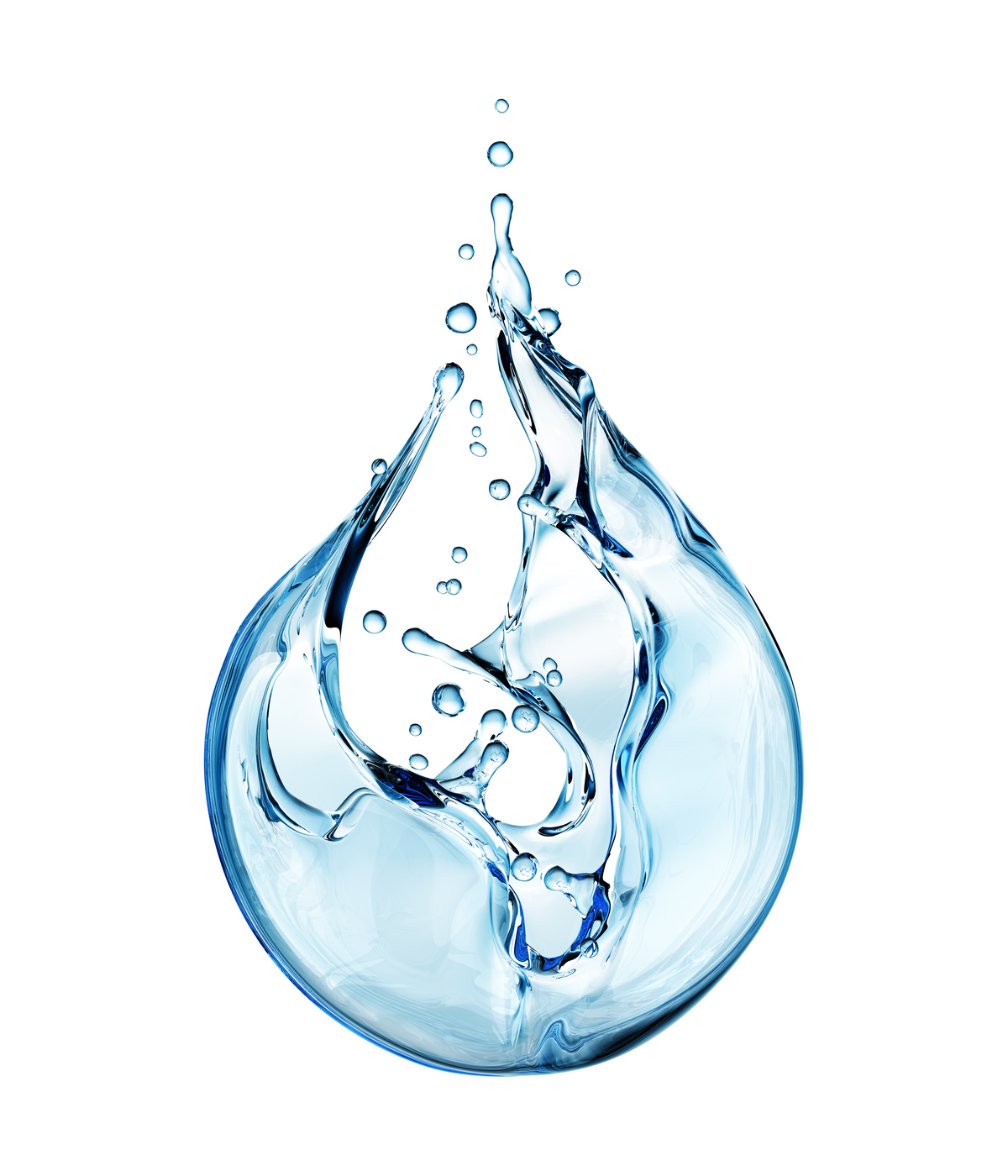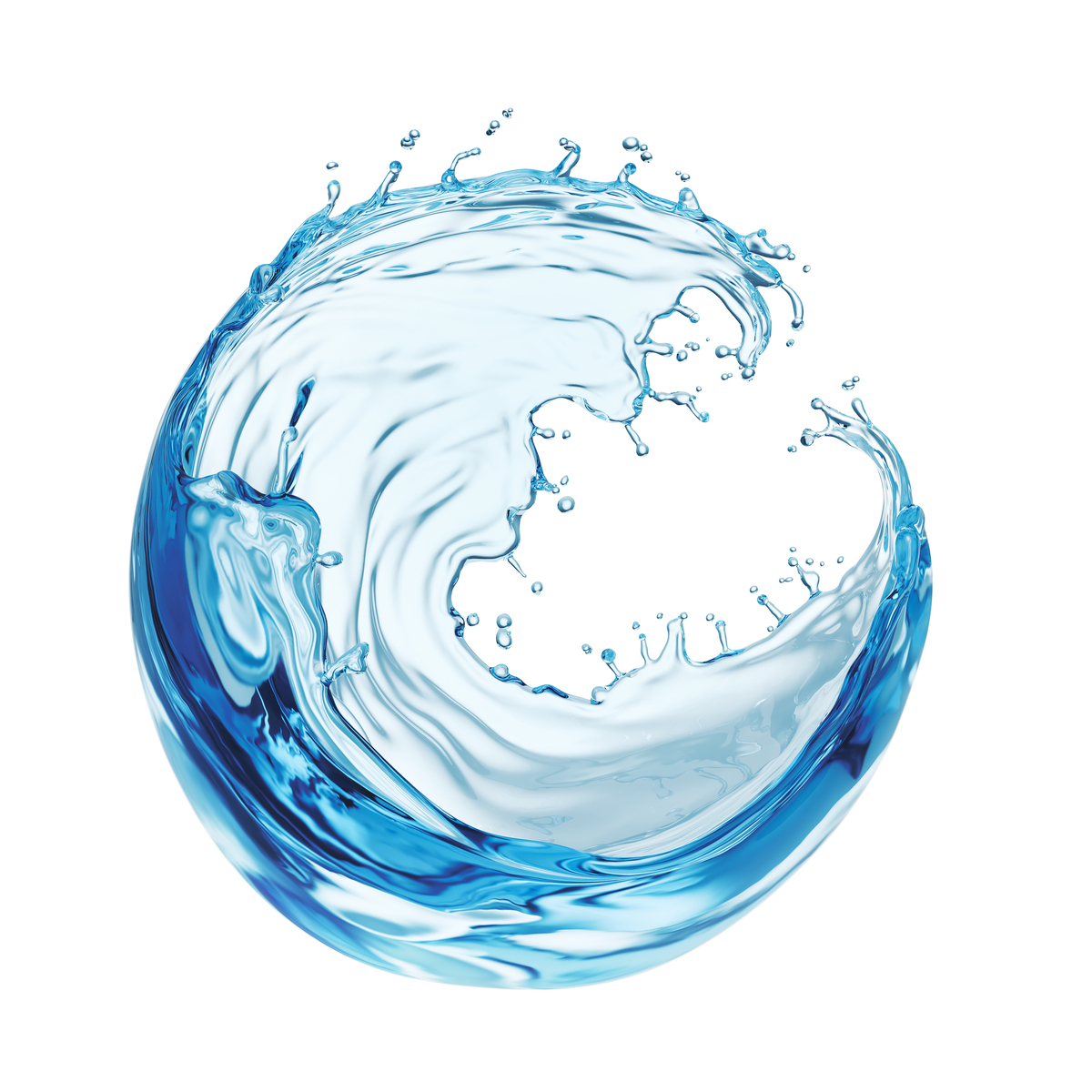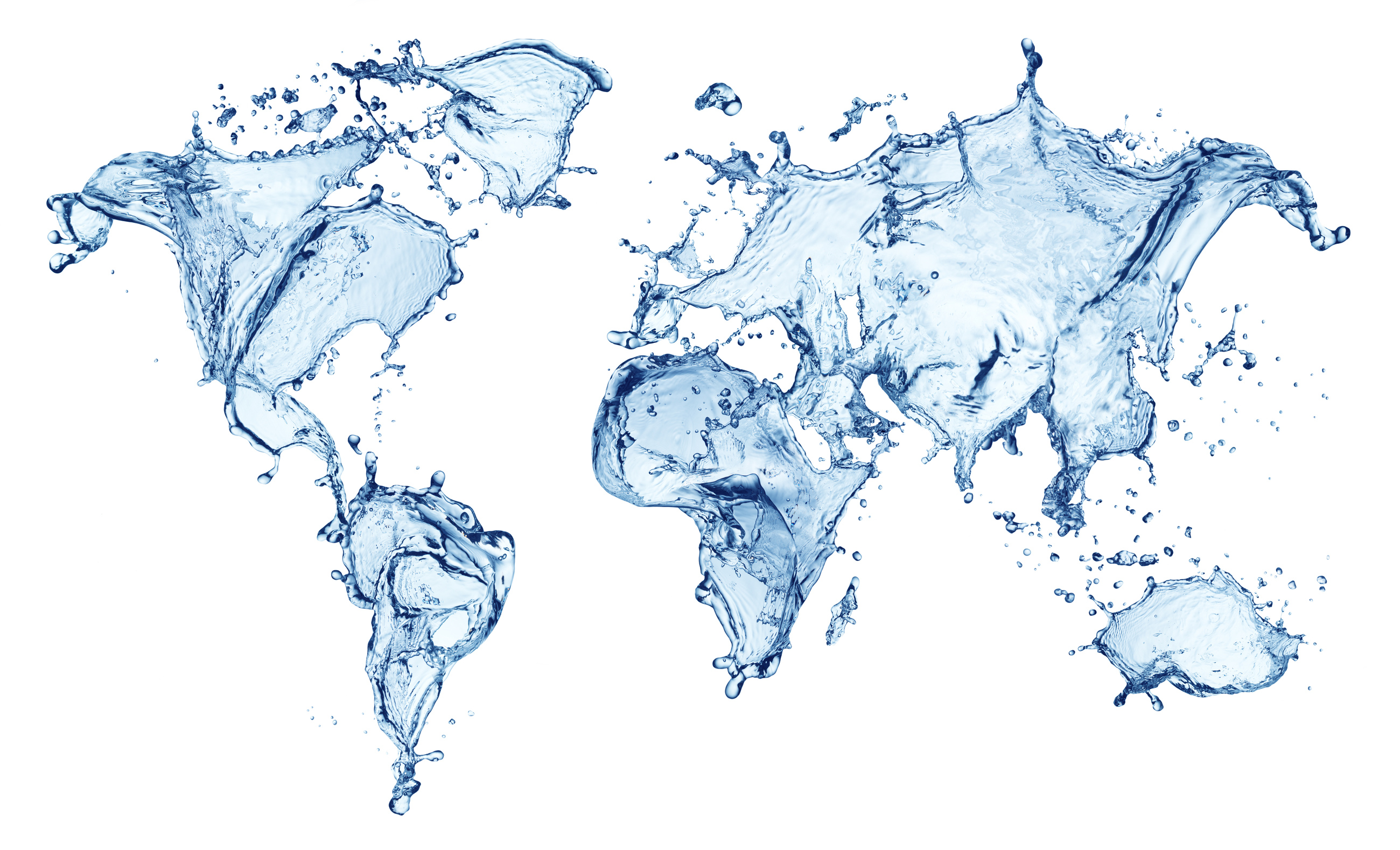Hydrologic Cycle
The hydrologic cycle can be thought of as a series of reservoirs, or storage areas, and a set of processes that cause water to move between those reservoirs. The largest reservoir by far is the oceans, which hold about 97% of the earth’s water. The remaining 3% is the freshwater so important to our survival, but about 78% of that is stored in ice in Antarctica and Greenland. About 21% of freshwater on the earth is groundwater, stored in sediments and rocks below the surface of the earth. The freshwater that we see in rivers, streams, lakes, and rain is less than 1% of the freshwater on the earth and less than 0.1% of all the water on the earth.


Once water vapor is in the air, it circulates within the atmosphere. When an air package rises and cools, the water vapor condenses back to liquid water around particulates like dust, called condensation nuclei. Initially these condensation droplets are much smaller than raindrops and are not heavy enough to fall as precipitation. These tiny water droplets create clouds. As the droplets continue to circulate within the clouds, they collide and form larger droplets, which eventually become heavy enough to fall as rain, snow, or hail. Though the amount of precipitation varies widely over the surface of the earth, evaporation and precipitation are globally balanced. In other words, if evaporation increases, precipitation also increases; rising global temperature is one factor that can cause a World’s increase in evaporation from the world’s oceans, leading to higher overall precipitation. Atmospheric Water Generators utilize natures Hydrologic Cycle to extract this unlimited amount of water into pure, fresh drinking water without relying on well drilling that continually lowers the fresh groundwater tables.
Global Groundwater Depletion
The world is incurring a vast water deficit. It is largely invisible, historically recent, and growing fast. Because this impending crisis typically takes the form of aquifer over pumping and falling water tables, it is not visible. Unlike burning forests or invading sand dunes, falling water tables cannot be readily photographed. They are often discovered only when wells go dry.
The world water deficit is recent–a product of the tripling of water demand over the last half-century and the rapid World’s spread of powerful diesel and electrically driven pumps. The drilling of millions of wells has pushed water withdrawals beyond the recharge of many aquifers. The failure of governments to limit pumping to the sustainable yield of aquifers means that water tables are now falling in scores of countries.
We are consuming water that belongs to future generations. In some countries, the fall of water tables is catastrophically dramatic.



